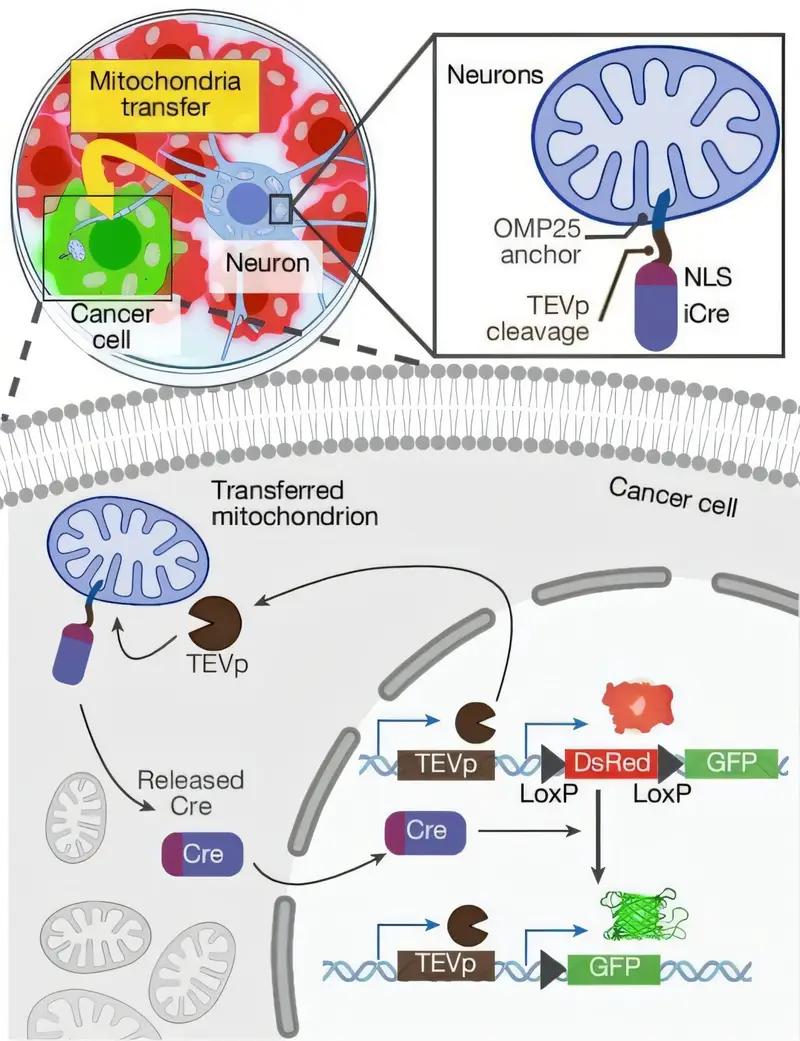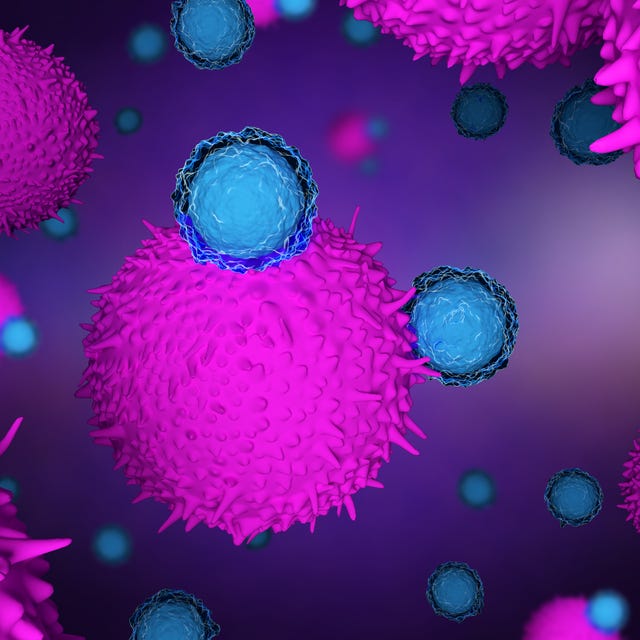When most people hear the word herpes, they react instinctively — with fear, embarrassment, or discomfort. This reaction is not because the virus itself is uniquely dangerous, but because society has painted it with the colors of stigma and secrecy for decades. Herpes has been turned into a punchline, a whispered insult, a symbol of something shameful. Yet the truth is far more complex, far less frightening, and infinitely more human.
Herpes is one of the most common viral infections in the world, carried by billions of people across continents, cultures, and ages. It is not a moral failing, nor a punishment, nor the end of one’s romantic or sexual life. It is, simply put, a manageable skin condition caused by a persistent virus — a virus so ancient that it has co-evolved with humanity for hundreds of thousands of years.
In telling the real story of herpes, we strip away layers of fear and misinformation and replace them with understanding, compassion, and practical knowledge.
Understanding the Basics: What Herpes Actually Is
Herpes is caused by the herpes simplex virus (HSV), of which there are two primary types: HSV-1 and HSV-2. Both can cause oral herpes (cold sores) and genital herpes, though historically HSV-1 has been more associated with the mouth and HSV-2 with the genital area. In reality, the location depends more on where the virus is introduced than on the type itself.
Once the herpes virus enters the body through tiny breaks in the skin or mucous membranes, it travels to nearby nerve cells and establishes a permanent residence. This is why herpes is considered a lifelong infection: the virus doesn’t leave, but lies dormant in nerve pathways, sometimes reactivating to cause symptoms.
The symptoms can range from noticeable sores and blisters to nothing at all. Many people never realize they have herpes because they never develop visible outbreaks. In fact, asymptomatic shedding — when the virus is present on the skin without visible signs — is one of the ways herpes spreads.
The Numbers That Shatter the Stigma
One of the most surprising truths about herpes is just how common it is. The World Health Organization estimates that more than 3.7 billion people under the age of 50 have HSV-1, and over 490 million people between ages 15 and 49 have HSV-2. That means the majority of humanity carries at least one form of the virus.
These numbers are not meant to frighten, but to normalize. If herpes were truly the terrifying, life-altering condition it is often portrayed as, then billions of people would be living in misery. Instead, most live healthy, fulfilling lives — loving, dating, marrying, having children — without herpes defining who they are.
The stigma, in many ways, is more harmful than the virus itself.
How Herpes Is Spread: Clearing the Confusion
One of the persistent myths about herpes is that it’s only transmitted through sexual contact. In truth, HSV-1 is most often acquired in childhood through nonsexual contact — a kiss from a relative, sharing utensils, or simply living in close proximity to someone shedding the virus orally.
HSV-2, while more commonly associated with sexual transmission, can also be spread through skin-to-skin contact in ways that don’t involve penetrative intercourse. The key factor is direct contact between an infectious area and another person’s mucous membranes or skin.
Using condoms and dental dams significantly reduces the risk, but because herpes can affect areas not covered by these barriers, no method short of abstinence is 100% effective. That said, antiviral medication and open communication can reduce the risk of transmission to very low levels.
Living with Herpes: The Physical Reality
For many, the first herpes outbreak is the most intense, with symptoms like tingling, itching, painful sores, and sometimes flu-like discomfort. After the initial outbreak, the virus retreats into the nervous system, and recurrences tend to be milder and less frequent over time.
Outbreak frequency varies dramatically. Some people may have several outbreaks a year, others only one in a lifetime. Factors like stress, illness, hormonal changes, and even weather can trigger recurrences. But for most, outbreaks are more of a temporary inconvenience than a serious health threat.
Medical management typically involves antiviral medications such as acyclovir, valacyclovir, or famciclovir. These drugs can be taken daily as suppressive therapy to reduce outbreak frequency and transmission risk, or as episodic treatment at the first sign of symptoms.
The Emotional Weight of Diagnosis
While the medical realities of herpes are relatively straightforward, the emotional impact can be far more challenging. Many people describe the moment of diagnosis as a tidal wave of shame, fear, or hopelessness — emotions fueled by the virus’s cultural baggage rather than its actual health implications.
This reaction is understandable in a society where herpes has been used as a shorthand for recklessness or immorality. But over time, with education and support, many find that the diagnosis fades into the background of their lives. It becomes one small fact about them, like having seasonal allergies or near-sightedness.
Support groups, therapy, and honest conversations with trusted friends or partners can make an enormous difference in easing that emotional burden.
Debunking the Most Persistent Myths
One of the reasons herpes stigma persists is because misinformation spreads more easily than medical facts. People may believe, for instance, that herpes is rare, that it ruins sex lives, that it always produces visible sores, or that it makes someone “unclean.” Each of these is untrue.
Herpes is common. People with herpes have rich, fulfilling sex lives. Many never have visible symptoms. And a virus — a microscopic strand of DNA wrapped in protein — says nothing about a person’s worth, cleanliness, or moral character.
Shifting the public conversation requires us to repeat these truths loudly and often, until they drown out the noise of outdated myths.
Love, Dating, and Disclosure
One of the most daunting aspects of living with herpes is figuring out how and when to disclose it to a romantic or sexual partner. Fear of rejection can be intense, but honesty — when given with confidence and compassion — often leads to deeper trust and connection.
Many people are surprised at how understanding partners can be once the facts are explained. Knowing that herpes is manageable, common, and not a reflection of someone’s value helps break down fear. Some couples decide together on risk-reduction strategies, such as using antivirals and condoms, avoiding sexual contact during outbreaks, and communicating openly about symptoms.
It’s also worth noting that in long-term relationships, one partner may never contract herpes despite years of intimacy. The virus is not as unstoppable as the myths suggest.
Pregnancy, Parenthood, and Herpes
For those considering parenthood, herpes can raise understandable concerns. The truth is that most people with herpes have healthy pregnancies and deliver healthy babies. The primary risk is neonatal herpes, a rare but serious condition that can occur if a baby is exposed to the virus during delivery.
Doctors manage this risk by monitoring for symptoms during pregnancy, offering suppressive therapy in the final weeks before birth, and sometimes recommending a cesarean section if an outbreak is present during labor. With these precautions, the risk is extremely low.
Herpes should not deter someone from starting or growing a family.
Herpes in the Big Picture of Sexual Health
When we zoom out, herpes is just one of many common, manageable sexually transmitted infections (STIs). Unlike some STIs, it does not damage long-term health, cause infertility, or require invasive treatments. Its primary challenges are cosmetic, occasional discomfort, and — most significantly — the social stigma.
By treating herpes as part of the broader sexual health conversation, we normalize it alongside other conditions, making it less of a moral lightning rod and more of a practical, manageable reality.
The Path Toward Acceptance
Acceptance of herpes — both personally and culturally — begins with knowledge. Understanding the virus’s nature, prevalence, and manageable symptoms strips away the power of fear. Recognizing that billions of people live fully with herpes dismantles the false narrative of isolation.
Acceptance also means recognizing that our worth is not diminished by any virus. Herpes does not define personality, intelligence, kindness, or beauty. The path toward acceptance is a path toward seeing the whole human being, not just the medical label.
The Future of Herpes Research
Researchers continue to explore vaccines and new treatments for herpes. While a complete cure remains elusive, advances in antiviral therapy and prevention continue to improve quality of life for those with the virus. Promising developments in gene editing and immunotherapy hint at the possibility of future breakthroughs.
Until then, education, stigma reduction, and compassionate communication remain our most powerful tools.
A Final Word: Rewriting the Story
Herpes is not the villain our culture has made it out to be. It is an ancient, common virus that most people will encounter in some form during their lifetime. The harm it causes is far more social than physical, rooted in centuries-old narratives that no longer hold up under scientific light.
Rewriting the story of herpes means telling the truth: that it is manageable, that it does not define us, and that living with it is simply part of the human experience for millions. In doing so, we not only free those who carry the virus from unnecessary shame — we free ourselves from a culture of fear and judgment that has outlived its usefulness.






